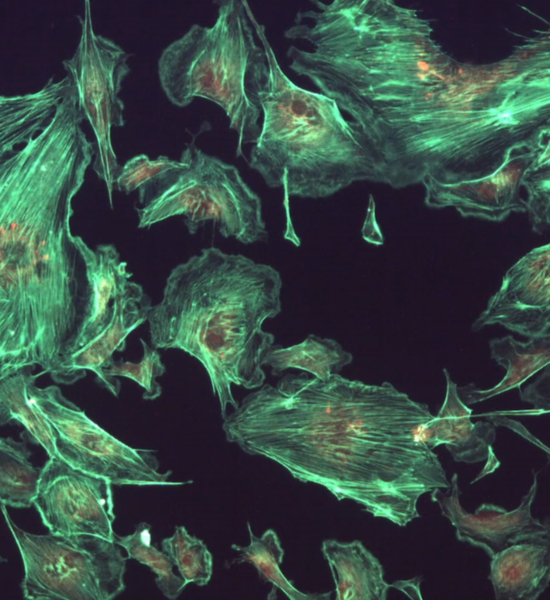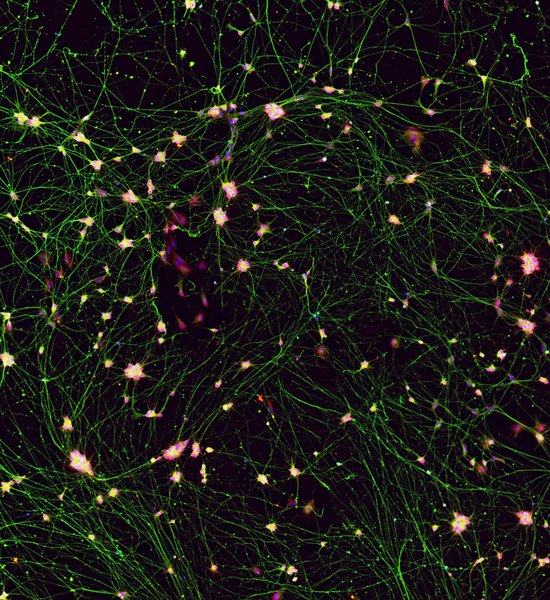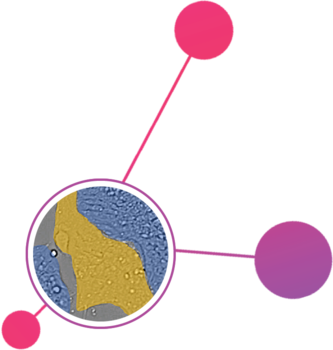

Now you can perform high-throughput, non-invasive & high-speed imaging with excellent accuracy
SCREEN technology is applicable for various applications such as, skin irritation tests (Cosmetic industry), angiogenesis for monitoring vasculature formation and evaluating antiangiogenic molecules (ex vivo assays), drug screening, efficacy and profiling, neurite outgrowth assays and many more...
The female mammary epithelium undergoes reorganization during development, pregnancy, and menopause, linking higher risk with breast cancer development. To characterize these periods of complex remodeling, here we report integrated 50 K mouse and 24 K human mammary epithelial cell atlases obtained by single-cell RNA sequencing, which covers most lifetime stages. Our results indicate a putative trajectory that originates from embryonic mammary stem cells which differentiates into three epithelial lineages (basal, luminal hormone- sensing, and luminal alveolar), presumably arising from unipotent progenitors in postnatal glands. The lineage-specific genes infer cells of origin of breast cancer using The Cancer Genome Atlas data and single-cell RNA sequencing of human breast cancer, as well as the association of gland reorganization to different breast cancer subtypes. This comprehensive mammary cell gene expression atlas (https://mouse-mammary-epitheliumintegrated.cells.ucsc.edu) presents insights into the impact of the internal and external stimuli on the mammary epithelium at an advanced resolution.

The SCREEN Group traces its history back 150 years to Ishida Kyokuzan Printing Works, a lithographic printing shop founded in Kyoto in 1868. In 1934, we succeeded in producing Japan’s first photographic glass screens, eventually leading to our R&D division being spun off as an independent venture company in 1943 to become Dainippon Screen Mfg. Co., Ltd. Our corporate name actually originated with those first glass screens.
Through the years, the SCREEN Group has continued to meet the rapidly changing needs of various fields, including the electronics industry, particularly in the semiconductor and display markets, and the printing industry, our foundational business area. Our cutting-edge solutions have also enabled us to open up a range of innovative new areas. From our humble origins, we have grown steadily to become a global enterprise with numerous products that hold top shares in their respective markets.